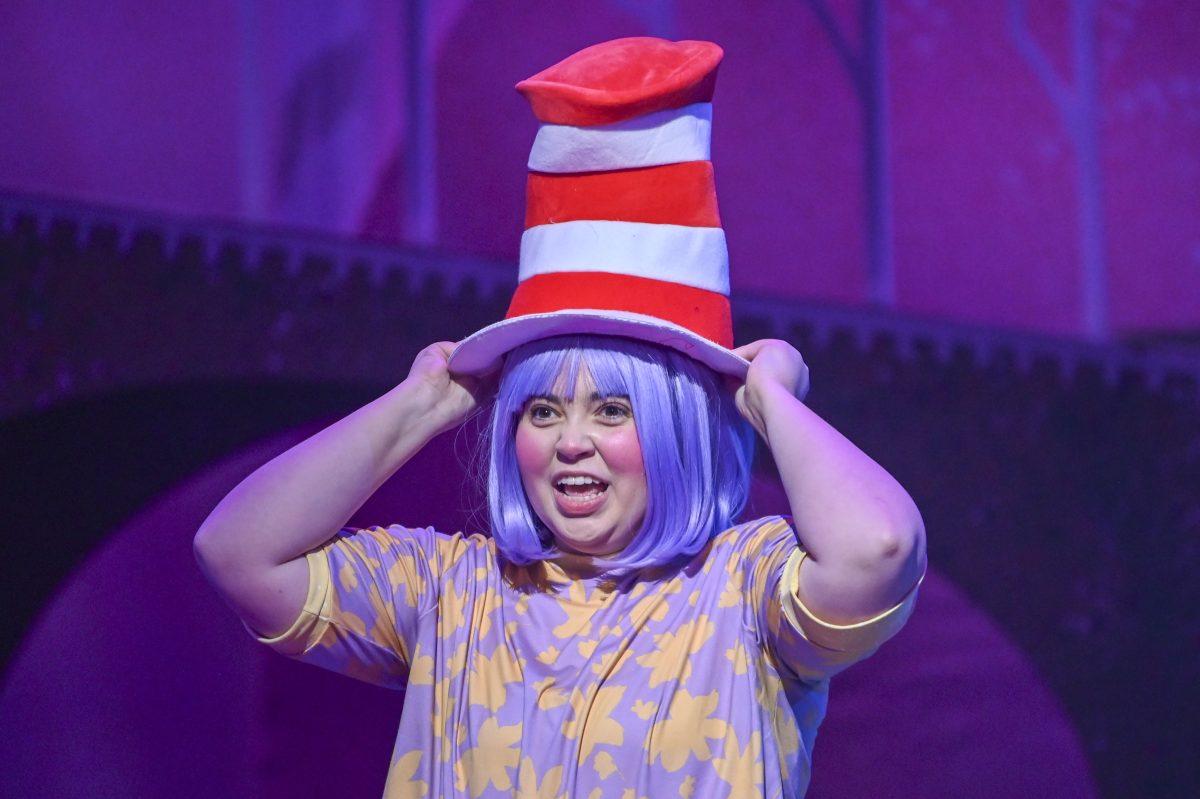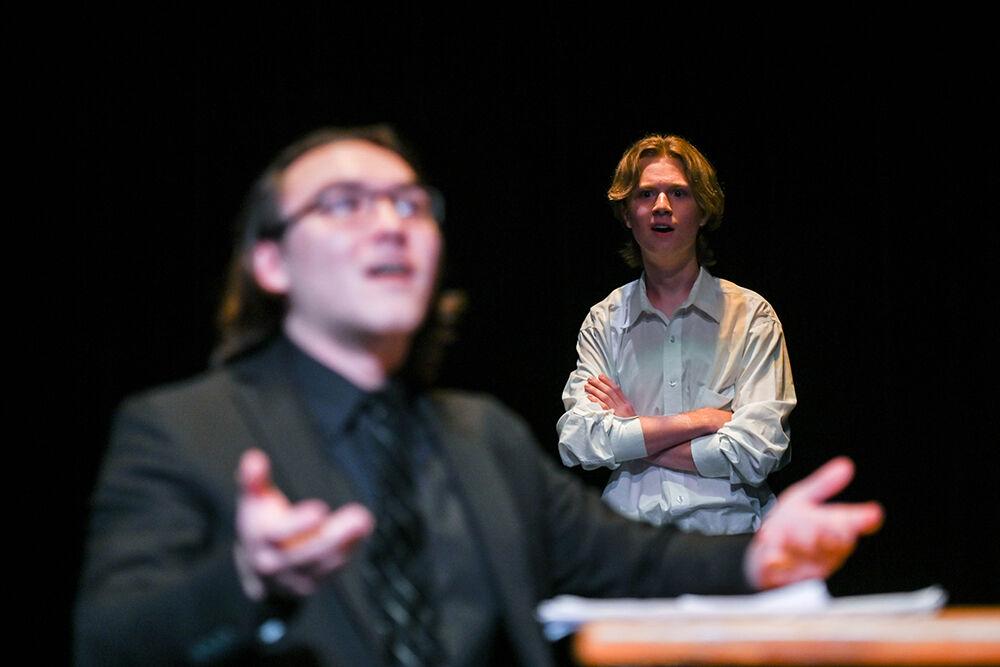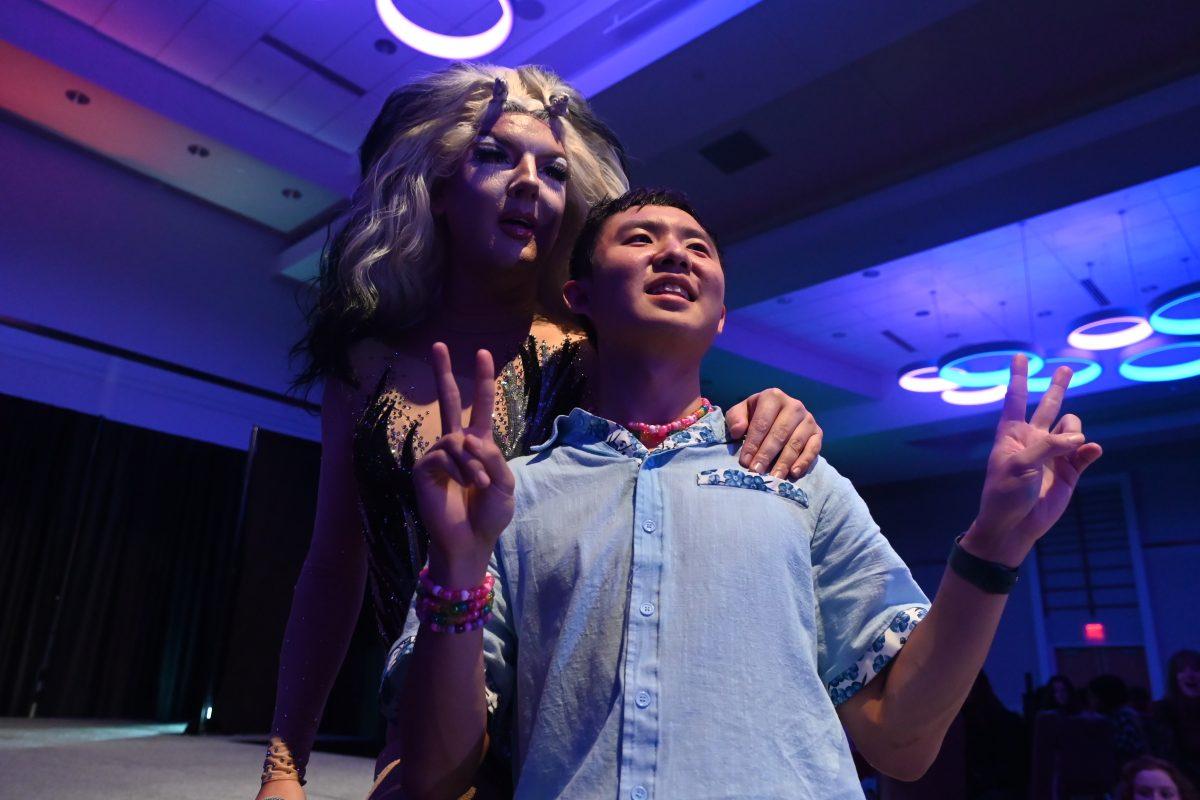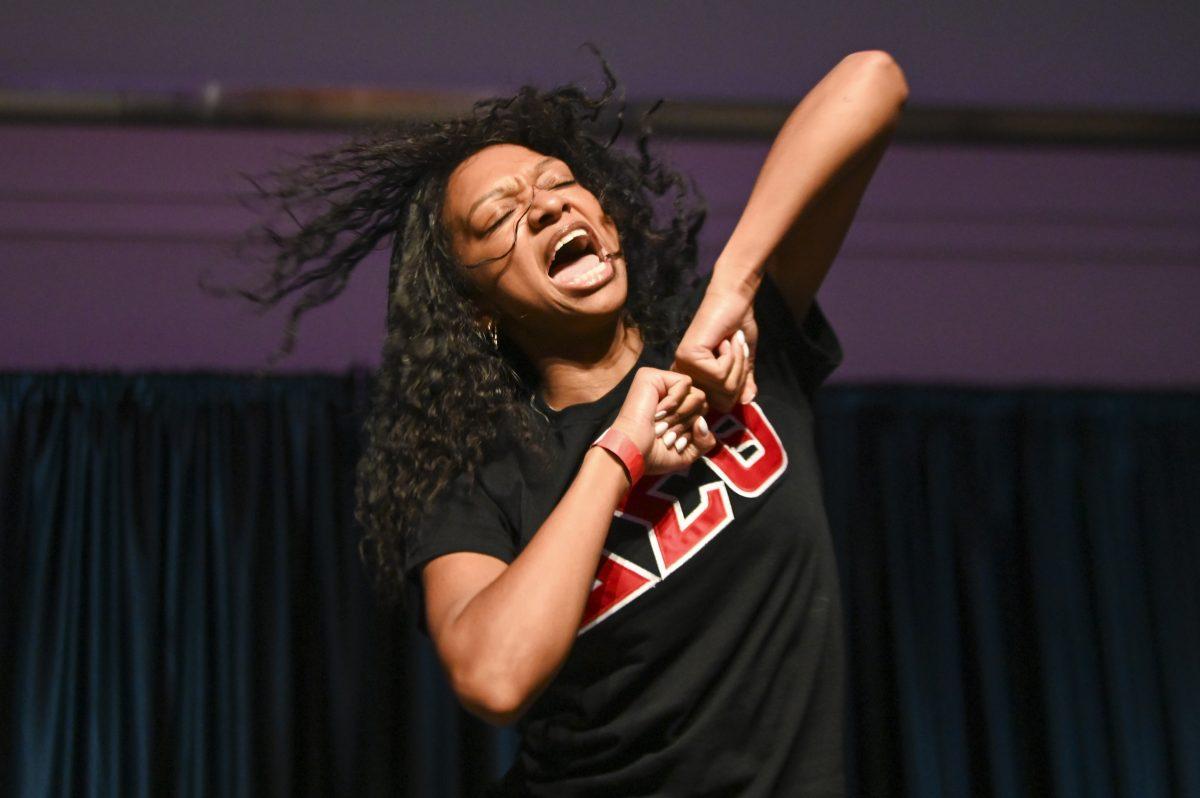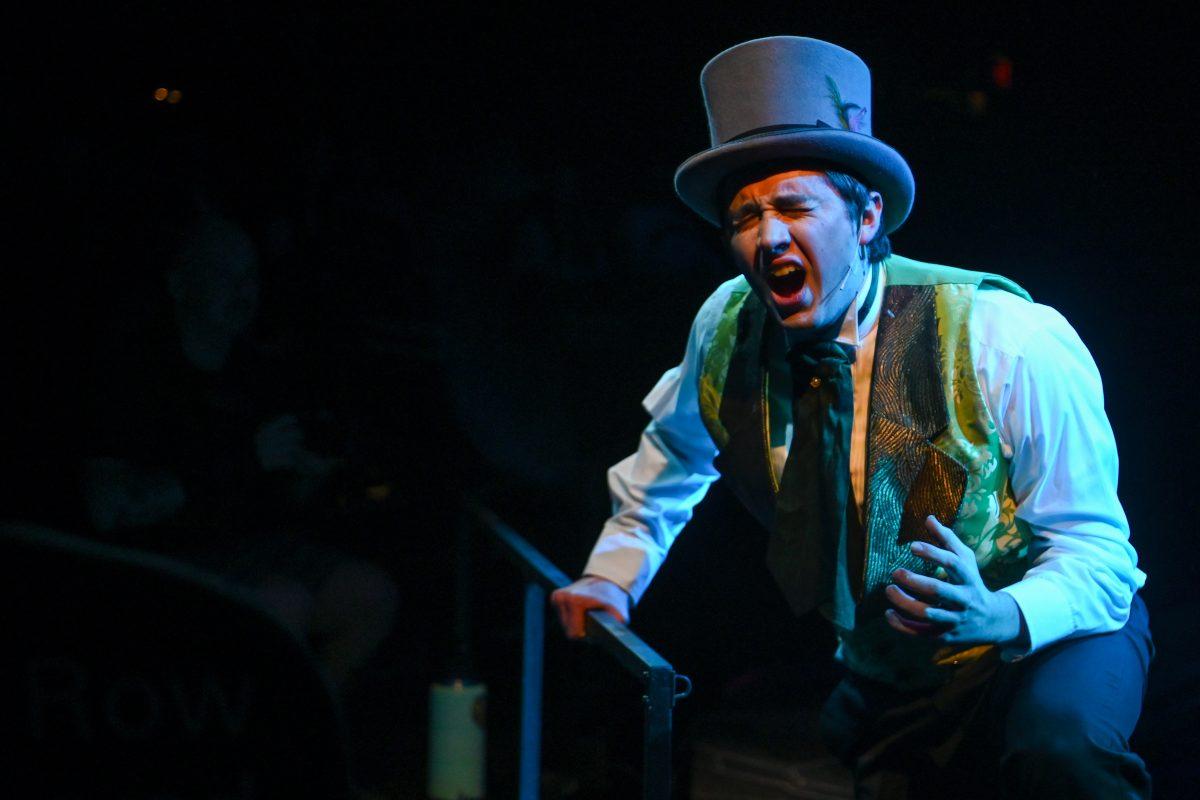When someone chooses to be out on the highway just 45 minutes before the commencement of a government-authorized crime spur, it is hard to feel sorry for him when he runs out of gas and there is an armed gang on his tail. All that went through my mind when I saw this was, “Just take a sick day, and stay inside, for crying out loud!” Then again, a horror movie these days is nothing without its roster of idiotic characters.
Nevertheless, there are enough chilling moments and excitement in the sequel to 2013’s The Purge to garner a Friday night screening among horror fans. Though the plot is filled with its clichés, it still remains more intriguing than its predecessor.
The film takes place in a world where both crime and poverty are at an all-time low. This is thanks to The Purge, an annual event in which all crime is legalized by the United States government for one night. The idea is that by allowing people to purge themselves of their evil nature, they are less susceptible to act on these urges the rest of the year.
The first film centers around a helpless family struggling to survive in their own household at the hands of a band of purgers, whereas The Purge: Anarchy focuses on five people who cross paths as they try to survive the night.
There is a police sergeant (played by Frank Grillo) seeking vengeance on the man responsible for his son’s death. Yet his mission is interrupted when he comes across a helpless mother and daughter being kidnapped, along with the couple mentioned earlier.
As these five ragtag survivors band together, their only objective is to get to a safe location and make it through the night. Yet with a gang of armed thugs on their tail and a deeper mystery at the heart of all this, things don’t go quite as planned.
Though the first film merely touches on the political connotations of this society, the sequel puts much greater emphasis on the class struggle that evolves from The Purge. Here, viewers get a clear picture of how The Purge provides enormous benefits for the rich while devastating the lower and middle classes.
James DeMonaco, the writer/director of both films, demonstrates a significant improvement in terms of his filmmaking techniques and storytelling ability this time around. The first installment is more or less a standard slasher film with a slightly interesting concept, whereas The Purge: Anarchy is a much more entertaining movie, made all the better by DeMonaco’s John Carpenter stylistic approach.
Fresh from co-starring in Captain America: The Winter Soldier, Gillo once again demonstrates his comfort in an action role. Though his character is as conventional as can be, his performance is strong enough for viewers to enjoy watching him gun down every thug in his path.
While the married couple adds nothing other than moving the plot from point A to point B, the mother/daughter arc is a more developed and interesting tie-in to the main narrative. Carmen Ejogo plays the mother Eva Sanchez, a single mom and waitress struggling to fend for her daughter and father. Her daughter, Cali (Zoë Soul), wants to follow in the footsteps of a radical who she watches videos of online.
Unlike the couple, who are caught outside in the middle of The Purge because of their own stupidity, Eva and Cali do everything they can to protect themselves. It is only because they are poor that they are targeted first. As such, it is only natural to empathize with these characters. And while the sergeant is also there by choice, he proves to be more than capable of defending himself.
As the story progresses, some of the ideas and plot elements are undeniably ridiculous. The things that happen, especially at the end, are also incredibly convenient for the core characters. Nevertheless, the way in which DeMonaco delivers is what keeps the flow going and provides consistent thrills.
The Purge: Anarchy succeeds where its predecessor fails. Thinking about it hard will make it laughable to watch, but entering this movie with the mindset of indulging in a bit of guilty pleasure is the best way to experience it.



